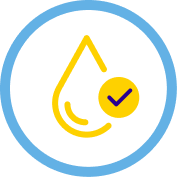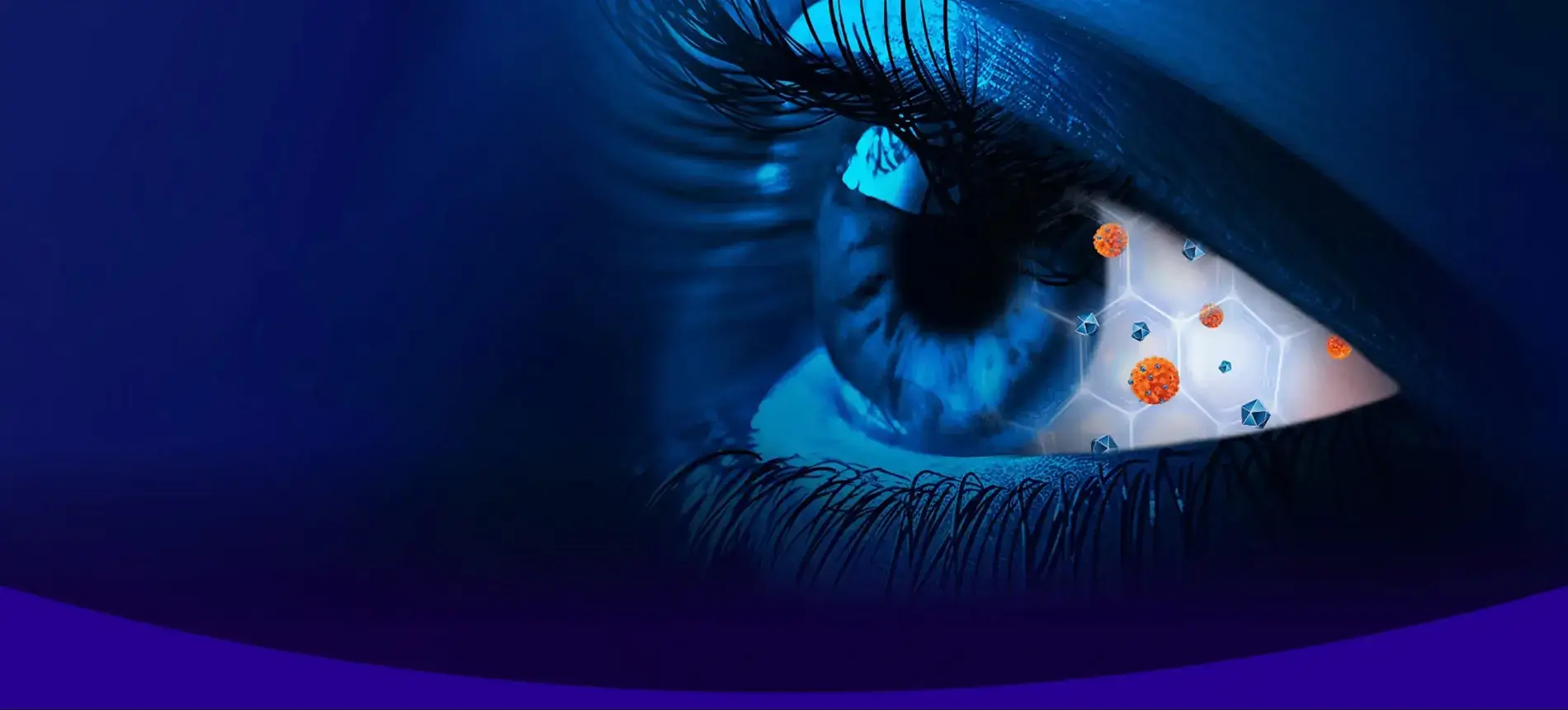The STORY of Xiidra
Patients struggling with dry eye? Help break the cycle of inflammation fast and over time1*




The exact mechanism of action of Xiidra in dry eye disease is not known.
*Xiidra significantly reduced symptoms of eye dryness at 2 weeks (based on Eye Dryness Score compared to vehicle) in 2 of 4 studies, with improvements observed at 6 and 12 weeks in all 4 studies.1
†Based on data from April 2024. Up to 95% of commercial and 71% of Medicare Part D patients may be covered.2
References
- Xiidra. Prescribing information. Bausch & Lomb Inc.
- Data on file. MMIT Portal, April 2024. Bausch & Lomb Inc.
Indication
Xiidra® (lifitegrast ophthalmic solution) 5% is indicated for the treatment of signs and symptoms of dry eye disease (DED).
Important Safety Information
- Xiidra is contraindicated in patients with known hypersensitivity to lifitegrast or to any of the other ingredients.
- In clinical trials, the most common adverse reactions reported in 5-25% of patients were instillation site irritation, dysgeusia and reduced






